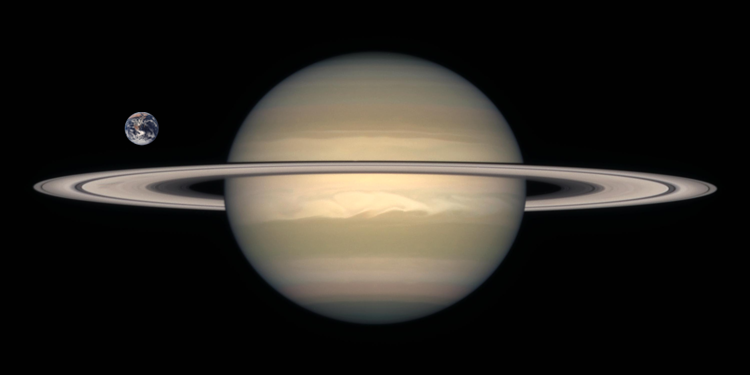Worth Looking Up For: Put a Ring on It
On May 10, Earth will be directly aligned between Saturn and the Sun.
Good things take time. In the fall of 2013, seniors in high school submitted countless college applications and then started to wait. Around the same time, Saturn entered its period of visibility in the Northern Hemisphere. After months of complex luck rituals and trying not to think about it, college decisions have come out and Saturn has reached its peak viewing situation.
As with any outer planet, the best time to observe Saturn is when its orbit takes it exactly opposite the Sun, a position called opposition. During opposition, which will occur on May 10, Saturn will rise in the southeastern sky just as the sun sets, climb to its zenith in the hours after midnight, and disappear with dawn.
This pattern makes for an especially spectacular evening planet scene; Mars, Jupiter, and Saturn will all be easily visible during the first part of the night. And, although Saturn is the dimmest, its position at opposition makes it as bright as many of the most radiant stars. Because opposition brings Saturn directly aligned with the Earth and Sun, the physical distance between Saturn and the Earth is the smallest possible. Additionally, Saturn’s 22-degree tilt relative to the plane of the Earth’s orbit makes the rings visible to terrestrial astronomers while increasing the planet’s overall brightness.









